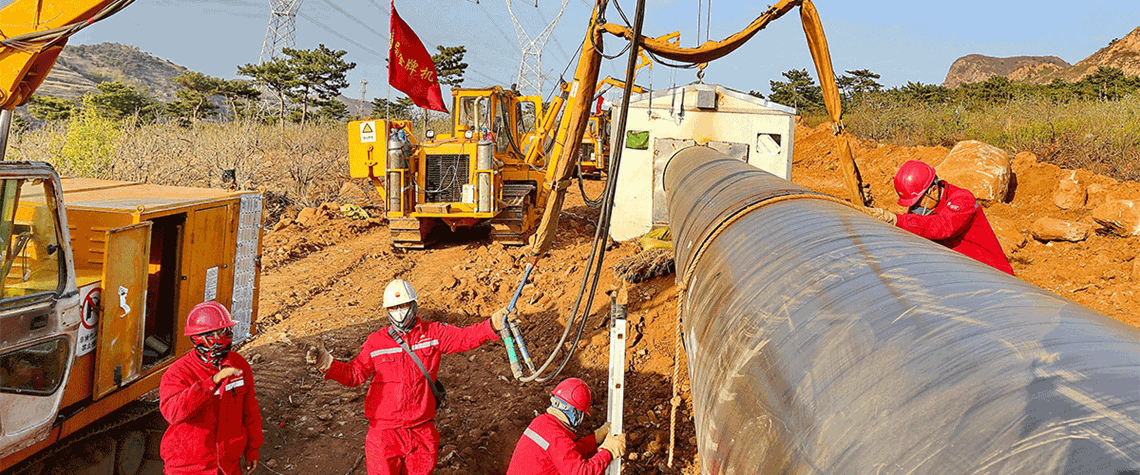Russia struggles to reroute gas exports
Distance and politics mean there are no easy solutions to Moscow’s pipeline problems
Russia has largely been able to maintain its oil exports despite de jure and de facto restrictions on destination, mode of transit and price. But it does not have the same luxury of flexibility when it comes to gas. Time, distance, cost and politics are all against it finding a solution to its gas export problem. Russia sent 167bn m³ of gas to Europe in 2021 but only c.60bn m³ in 2022, a volume that could fall further still. If Russia wants to find new markets for this gas to the east, it will need to access or build infrastructure to move stranded production out of Western Siberia. Power of Siberia 2, Russia’s long-in-development pipeline designed to send additional gas to China, has taken

Also in this section
12 December 2025
The latest edition of our annual Outlook publication, titled 'The shape of energy to come: Creating unique pathways and managing shifting alliances', is available now
12 December 2025
The federal government is working with Alberta to improve the country’s access to Asian markets and reduce dependence on the US, but there are challenges to their plans
11 December 2025
The removal of the ban on oil and gas exploration and an overhaul of the system sends all the right messages for energy security, affordability and sustainability
10 December 2025
The economic and environmental cost of the seven-year exploration ban will be felt long after its removal







